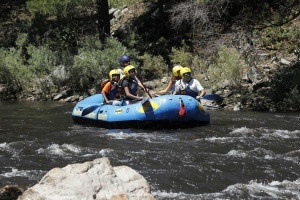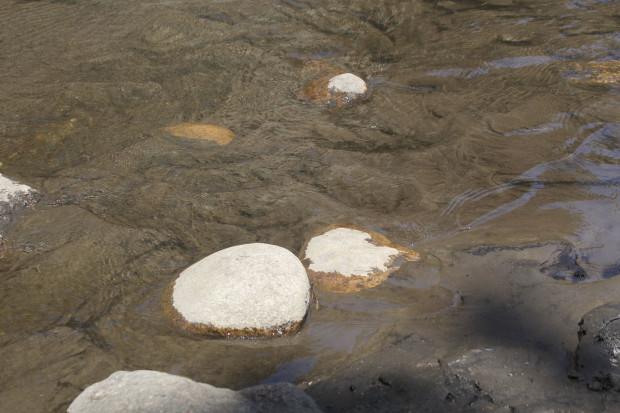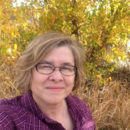We have much more to do and your continued support is needed now more than ever.
Fallout from Wildfire, Erosion Expected to Plague Colorado River and Fish for Years

At first glance, it looks normal. Dozens of life-jacketed people in bright blue and yellow rafts are bouncing along the Cache la Poudre River. A closer look reveals that the water is as dark as some of the rough rocks that make the river a favorite for kayakers. Mud is piled up along the banks and stretches into the river.
The destruction that began June 9 when a lightning-sparked fire raced over more than 87,000 acres west of Fort Collins will be felt for years as storms washing over barren slopes unleash more ash, mud and debris into the Poudre—Colorado’s only federally designated wild and scenic river.
The Poudre is also one of northern Colorado’s best fisheries.Tim Romano, in a Field & Stream blog, calls the Poudre “a beautiful trout stream.”
“It’s devastating, it really is,” says Ken Kehmeier, senior aquatic biologist for Colorado Parks and Wildlife.
He fears the majority of the adult fish could die off.
Compounding Effects of Forest Fires
Roughly 30 miles of the 126-mile river that starts in Rocky Mountain National Park are affected. The full scope of the damage likely won’t be known for a while, but biologists have already found dead fish in the river. The pH of the water has changed in places, becoming more acidic in some spots and more alkaline in others from the ash, pine needles and other debris.
“That’s a huge stressor” for the fish, Kehmeier says.

“We lost 70 percent of the adult population of fish on the South Platte after the first couple storm events. I would say it will be at least that bad on the Poudre based on what I’m seeing,” Kehmeier says.
More than $40 million has been spent to dredge a reservoir, divert sediment and revegetate the Hayman fire area. Kehmeier says it took five or six years to start rebuilding the fish populations in the South Platte and aggressive stocking of rainbow and brown trout.
Denver Water and the city of Aurora released water from Cheesman Reservoir to flush the sediment in the South Platte. The lack of large reservoirs feeding into the Poudre means biologists need more help from nature there.
“What we really need is a big winter. A large snowpack would run a flushing flow through that system and would flush out that sediment,” Kehmeier explains.
This year, dry, warm weather resulted in the lowest-ever snowpack in parts of Colorado. Sizzling-hot temperatures and parched forests and grasslands have driven wildfires across the Rocky Mountain West this summer. More than 250 homes were destroyed and one person was killed in the High Park fire.
The orange beetle-infested trees among the blackened trees in the Poudre Canyon are further testament to the damage caused by climate change. The winters haven’t been cold enough to kill off the bugs. Drought has weakened the trees’ resistance.

Mud fills spaces between the rocks and gravel on the river bed, wiping out the trout’s spawning grounds and suffocating eggs, Kehmeier says. The mud kills the flies the fish eat. A loss of vegetation along the banks eliminates the canopy that helps keep the water cool and is home for grasshoppers and other insects the fish feed on.
Kehmeier has a history with the Poudre River. He fished it while attending Colorado State University in Fort Collins. Later, he was the regional aquatic biologist for several years.
“It’s pretty painful to see the way that river looks now,” he says.
The debris and sediment will dissipate and the insects and fish will rebound. State and federal agencies will reseed the forest. Kehmeier figures the South Platte fishery is 85 to 90 percent of what it was before the wildfire.
“It will recover. The Poudre will recover,” he says. “It’s just going to take more years than people anticipate.”






















